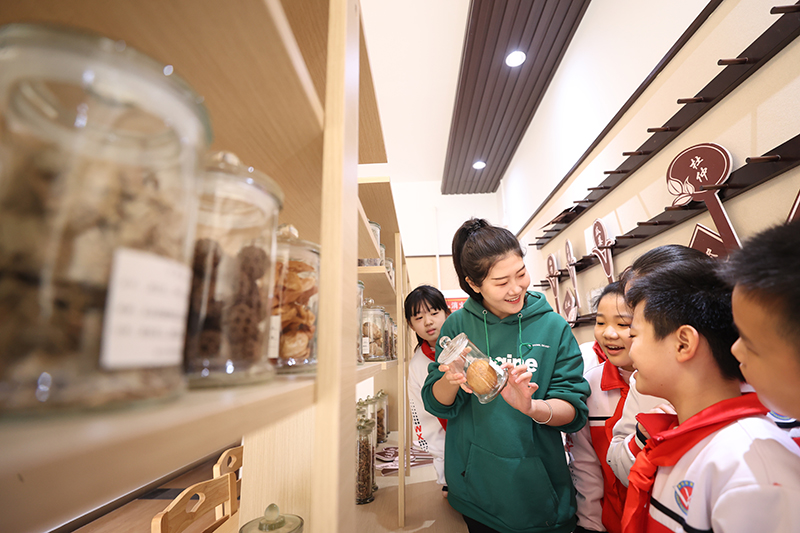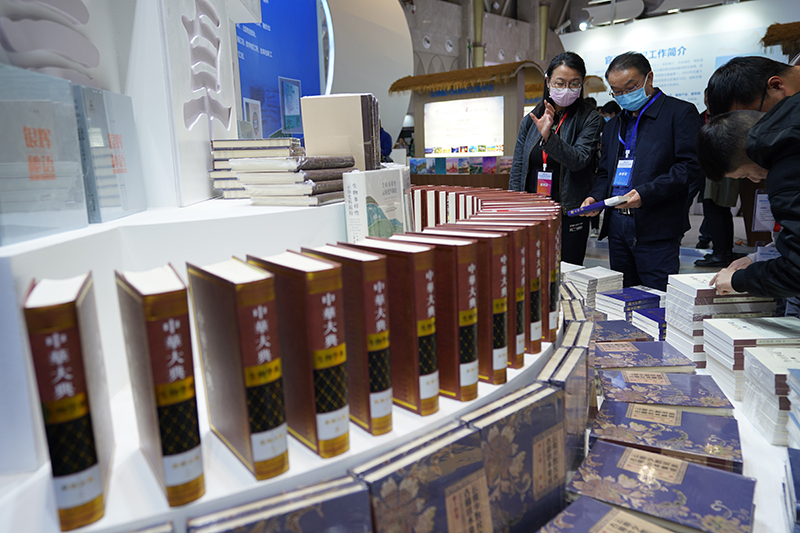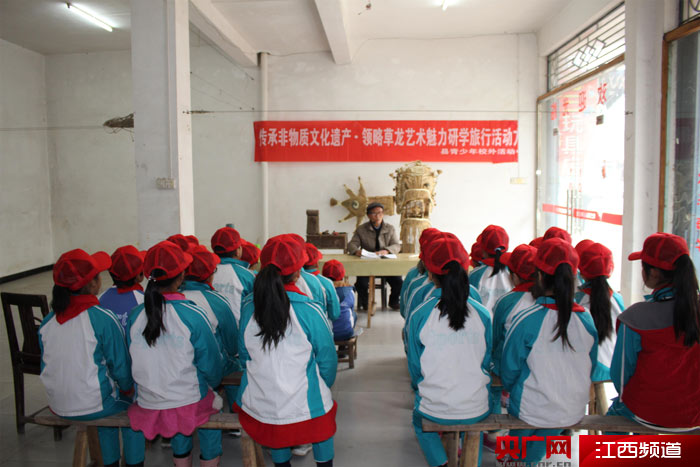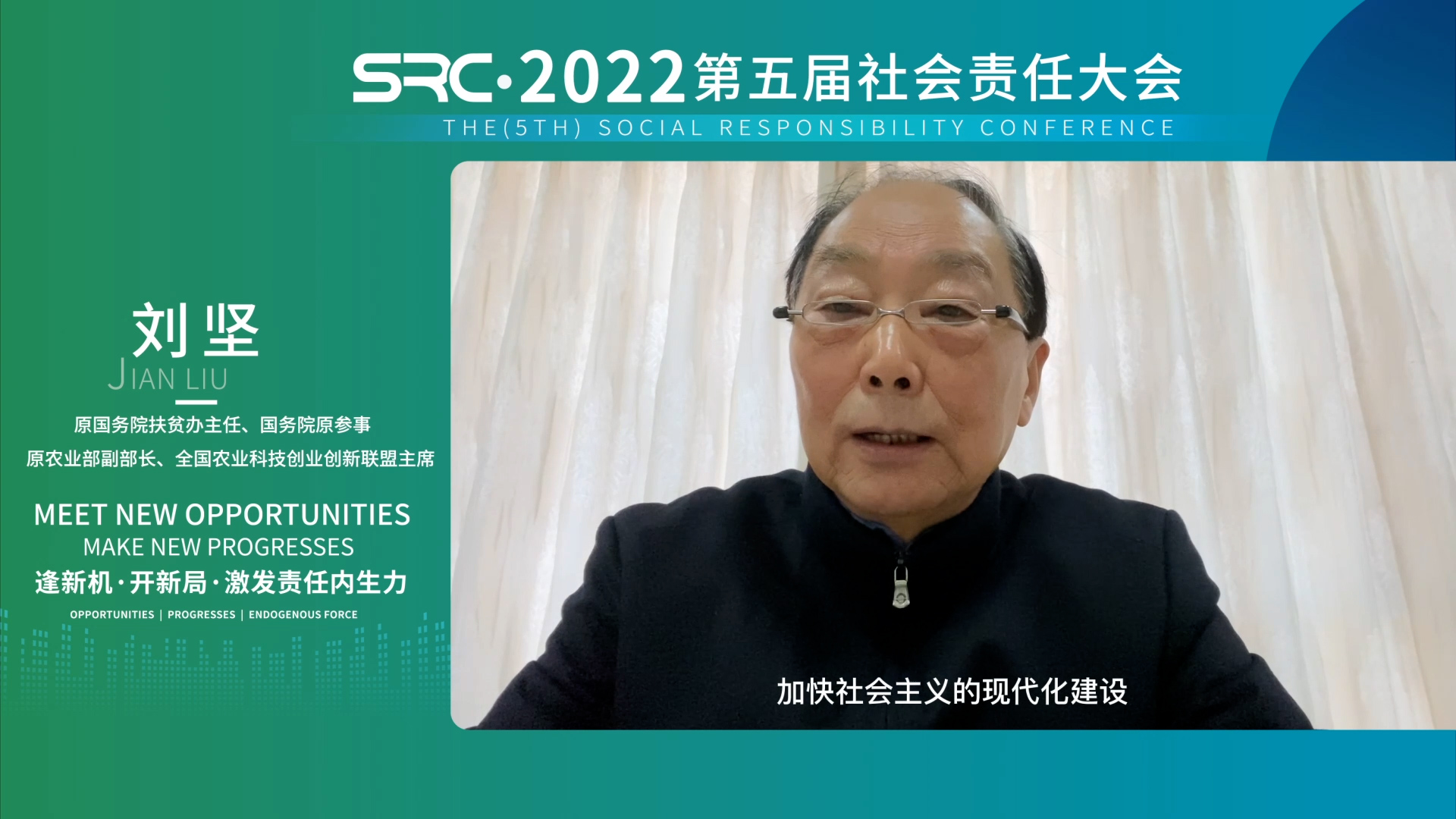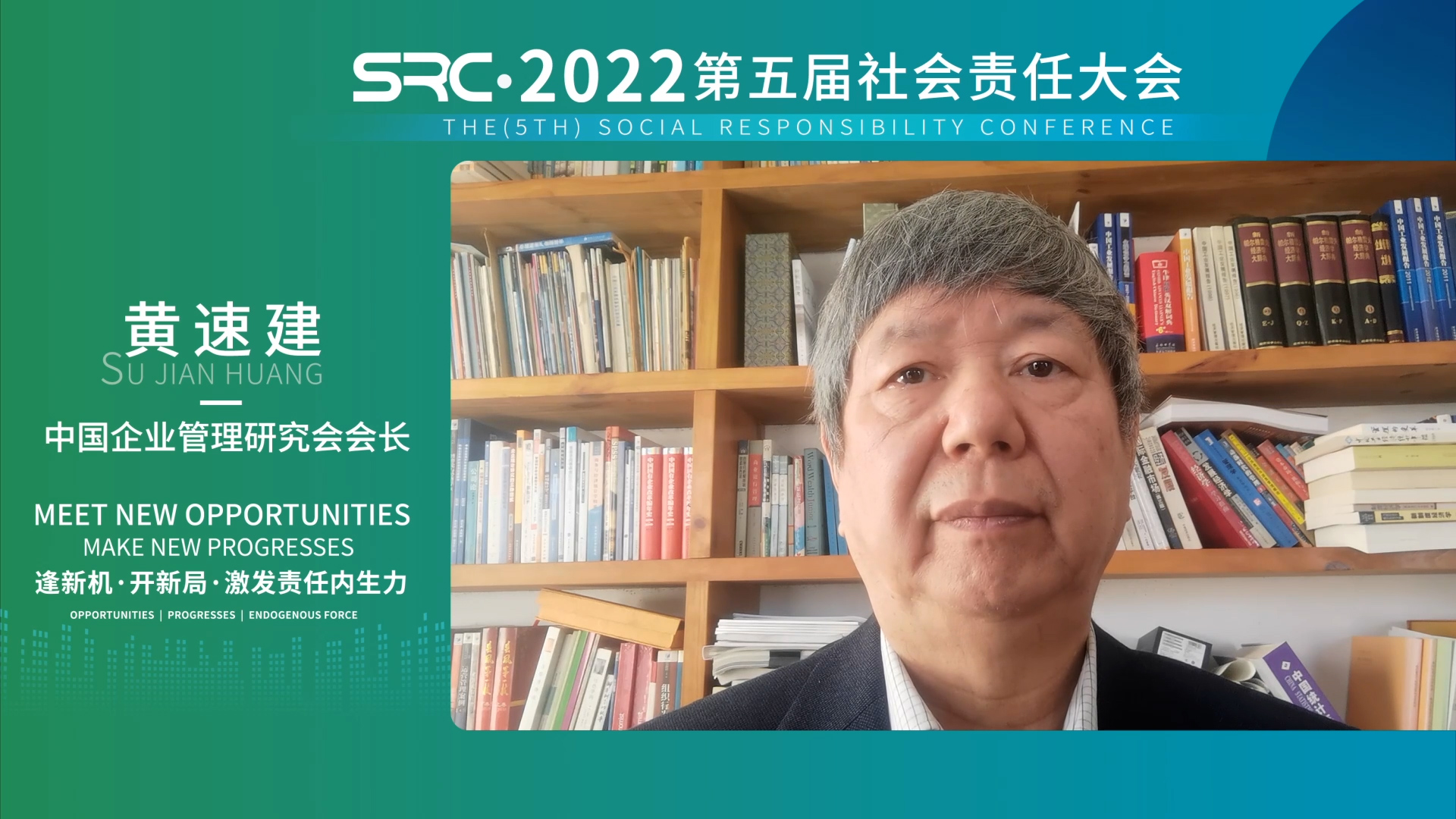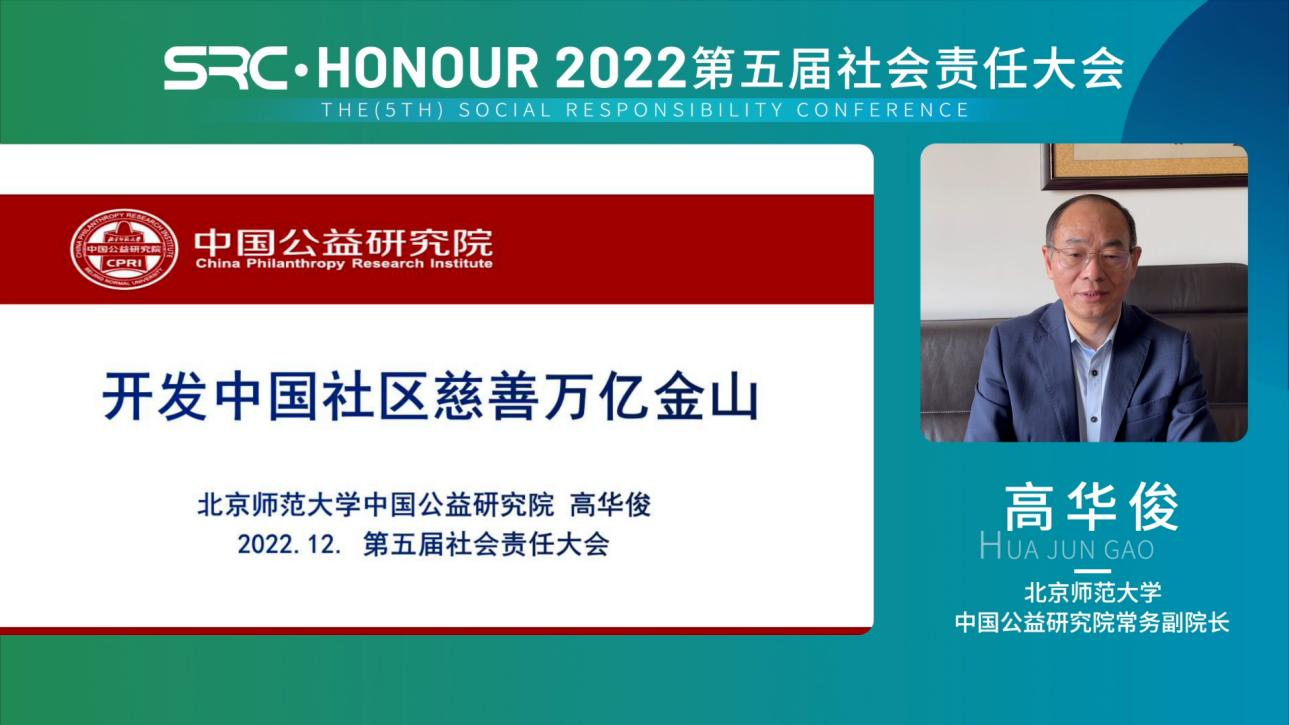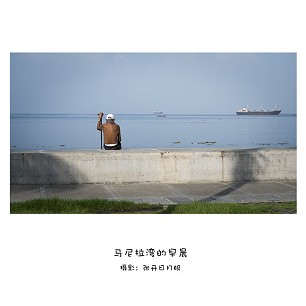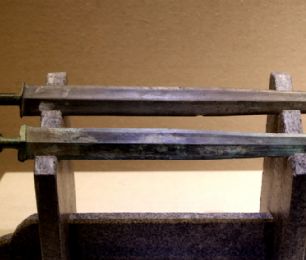双语印章史·结社与传播-西泠印社
作者: 日期:2017年03月23日
双语印章史·结社与传播-西泠印社
西泠印社成立20周年时社员于孤山合影(1923年),
Xiling Seal Society members on Mount Gu at the Society’s 20th anniversary. 1923.
Picture provided by Wang Peizhi
新时社特约记者趙志丹讯:社会文化条件与篆刻群体的扩大形成良性互动。20世纪初兴起的学术、文艺结社风气在书画篆刻领域表现十分活跃。
1904年叶铭、丁仁、王褆、吴隐四人发起的印学团体西泠印社在杭州成立。“社以地名,人因印集”(《西泠印社成立启事》),以“保存金石、研究印学”为宗旨的专业社团的诞生, 也是当时学术思潮之下的一种必然。印社招邀同道,共振篆刻之学,经数年拓地经营,西湖之畔,孤山之上,轩阁庭园颇具规模 。 印人于春秋两季举行雅集,共赏金石篆刻。早期社员以浙江、上海、 江苏籍的篆刻家和印学家为主,并吸收了日本印人河井仙郎、长尾甲为社员。
此外,还有以专业文化企业为依托形成的书画金石同道交游活动场所,如上海西泠印社、宣和印社、上海中国书店金石书画会、鼎脔社、梅艇美术社等等。
20世纪初,玺印篆刻开始出现在书画展厅,开拓了印谱以外与社会对话的新形式 。1909年,李平书、王一亭发起中国金石书画第二次赛会, 西泠印社应邀展出所藏西冷八家书画及历代玺印千余方。1929 年, 当代篆刻作品参与了中国第一届全国美术展。篆刻作为独立艺术门类展现于公众,是其告别附属于书画地位的又一标志。
Social and cultural conditions interacted with the growth of seal engraving groups in a mutually beneficial way. In early 20th century academic and artistic circles, association of calligraphers, painters and seal engraving popped up like mushrooms.
The Xiling Seal Society, a sigillography group initiated by Ye Ming, Ding Ren, Wang Ti and Wu Yin, was founded in Hangzhou in 1904. “The Society is named after the place, and the people get together for seals” (Notice on the Founding of the Xiling Seal Society). The birth of this specialist society whose objectives were the “preservation of bronze and stone inscriptions and study of seals” was a natural outcome of prevailing academic thinking. The society invited people with the same ideals to promote the art of seal engraving. Over the course of many years, the society built a large compound with gardens, pavilions, and other buildings on Solitary Hill by Hangzhou’s West Lake. In spring and autumn, seal engraving masters came together from different parts of China to appreciate bronze and stone seals and seal inscriptions. Its early members were mostly seal engraving masters and seal study specialists from Zhejiang, Shanghai and Jiangsu, and it also admitted to membership seal engravers from Japan.
There were also places supported by professional cultural enterprises where like-minded people engaged in the same pursuits could associate. These included the Shanghai Xiling Seal Society, the Xuanhe Seal Society, the Bronze and Stone Inscriptions, Calligraphy and Painting Society of the Shanghai China Book Store, the Dingluan Society, and the Meiting Fine Arts Society.
In the early 20th century, seals and seal engravings began to appear in calligraphy and painting exhibitions, commencing a new form of dialogue with society in addition to the seal imprint books. Li Pingshu and Wang Yiting organized the second China Bronze and Stone Inscriptions Calligraphies and Paintings Fair in 1909, and the Xiling Seal Society was invited to display its collection of calligraphies and Painting of eight schools and over one thousand seals of past dynasties. In 1929, seal engraving works of the modern age were shown at China’s first national fine arts exhibition. The public display in its own right was another sign of saying farewell to its subordination to calligraphy and painting.


